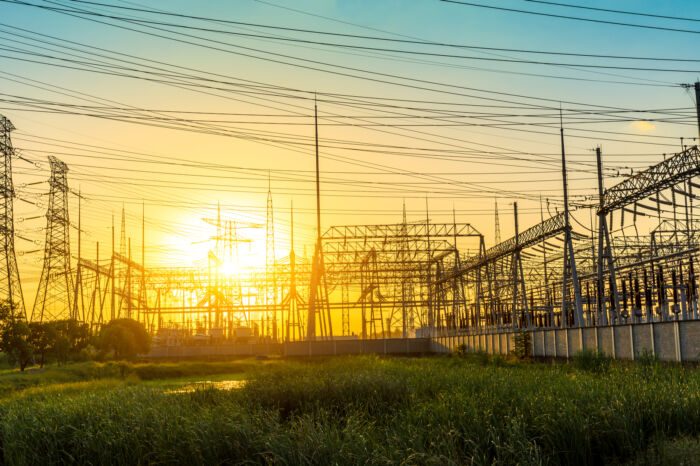This investment in the construction of very high voltage wires will help connect more wind and solar installations to the electricity grid. This could facilitate the construction of more solar and wind power plants.
China has big plans
China has big plans for sustainable energy. It wants to build a total of 1,200 GW of solar and wind capacity by 2030. This means it needs a very large transmission grid that can deliver the energy produced to where it is needed.
This big investment by China’s largest power company, State Grid Co, which reportedly supplies electricity to more than 1 billion people, is just the beginning.
Read also: Venezuela’s oil export drops by almost 30%
Last year, we already saw that the total cost of expanding the grid in China is expected to be around $300 billion and will take 30 years. Currently, China has 30 very high voltage transmission lines in operation and is one of only two countries in the world that have them. The other country is Brazil, which has two lines and both are also built by a Chinese company.
China is investing heavily in renewable energy
China has long been talked about as the country that is investing by far the most in renewable energy. In the first half of the year, China spent $98 billion on investments in projects mostly related to solar and wind power. Compared to investment in the first half of last year, this is an increase of almost 130%.
The question was whether these investments would now be unnecessarily risky in the current geopolitical situation, which has resulted in rising inflation everywhere in the world, a shortage of raw materials in the world and the associated constant rise in prices.
To this question, BloombergNEF’s head of analysis Albert Cheung said.
“Despite the hurdles posed by ongoing cost inflation and supply chain issues, demand for clean energy has never been higher, and we expect the global energy crisis to continue to act as an accelerant for the transition to clean energy.”











Comments
Post has no comment yet.